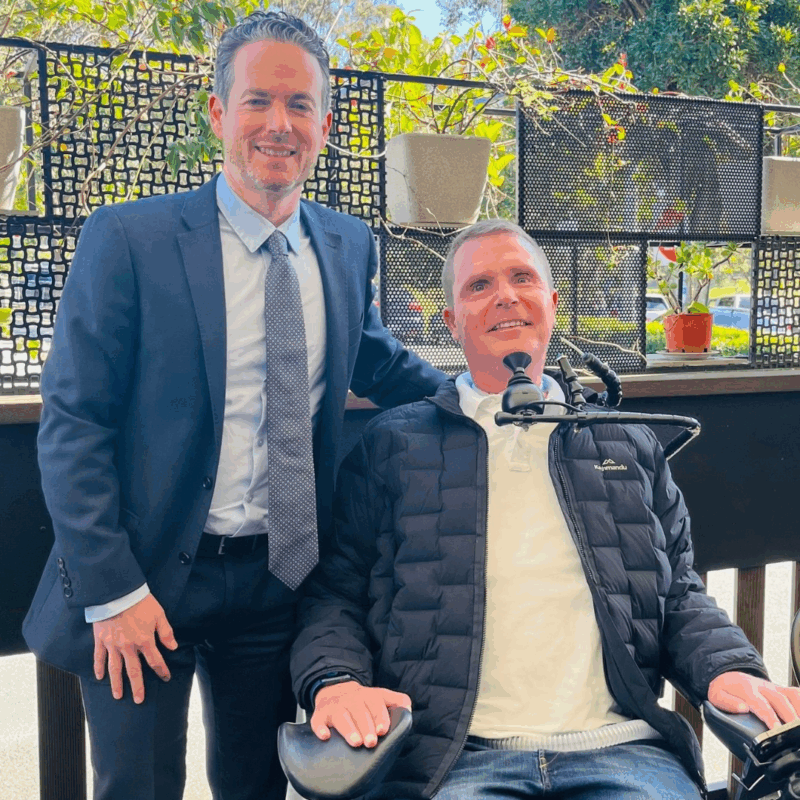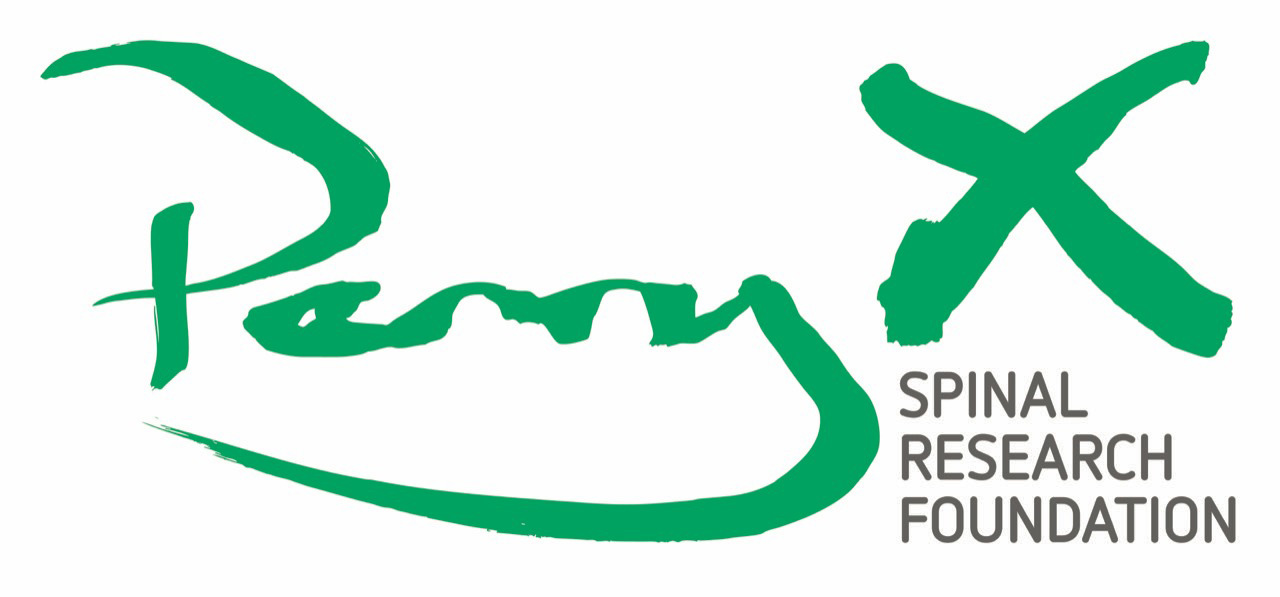In a world where spinal cord injuries can be a life-altering and devastating event, the Perry Cross Spinal Research Foundation (PCSRF) stands as a beacon of hope. At the helm of the Foundation’s scientific endeavors is Dr. Brent McMonagle, a man whose journey to this role is as personal as it is professional. We sat down with Dr. McMonagle to learn about his work, his motivations, and the incredible progress being made.

A Journey Forged in Friendship
Dr. McMonagle’s connection to Perry Cross is a deeply personal one, stretching back to their school days at The Southport School (TSS) in 1988. “I have known Perry since he started at TSS,” Brent shares. “This long-standing friendship, along with a meeting with Perry and Tom Ray at a TSS breakfast meeting, was the catalyst for the Foundation’s inception in 2010”. He now serves as Scientific Committee Director for the Foundation.
His professional journey is equally intertwined with the Foundation’s mission. As an ENT (Ear, Nose, and Throat) surgeon, Dr. McMonagle’s expertise in the delicate structures of the nose is crucial for the research. “I spend a lot of my time in the nose,” he says, which allows him to perform the nasal biopsies required for the Nerve Bridge Transplantation and Rehabilitation human clinical trial being conducted by Griffith University and supported by PCSRF and other partners.
But his connection to the work goes even deeper. During his surgical training, he completed a PhD focused on using olfactory cells—the very same cells being used in the human clinical trial—to regenerate peripheral nerves. This unique blend of surgical skill and research expertise makes him a perfect fit for his role as the Foundation’s Scientific Committee Director and Principal Investigator on the human clinical trial. “I wear many different hats regarding this research,” he remarks.
A Personal Drive to Make a Difference
For Dr. McMonagle, the work isn’t just a job; it’s a calling born out of a profound understanding of the impact of spinal cord injuries. “I certainly have a personal connection having known Perry for many years,” he explains. He knows that a spinal cord injury affects not just the person that sustains the injury, but also their entire circle of friends and family. It also places a significant burden on the healthcare system, as many of those affected are young people in the prime of their lives.
With no effective treatments available, Dr. McMonagle is driven by a singular purpose: to find one. “There is really no treatment at all apart from stabilisation and it is this that drives me towards finding an effective treatment,” he states with conviction.
The Next Chapter: Hope for Recovery
The next five to ten years hold immense promise for the research. With the clinical trial now underway, Dr. McMonagle is filled with a sense of hopeful anticipation. “I hope that we can develop a treatment that is safe, that is tolerated by the patients, and shows recovery of motor (muscle), sensory, and potentially even bladder and bowel function,” he shares.
For individuals like Perry, who rely on a ventilator, the potential for a breakthrough is life-changing. “It would be great to get the diaphragm working again so that he could be taken off the ventilator which means he does not need a tracheostomy tube any more,” Dr. McMonagle says. This monumental step could restore a greater sense of freedom and independence.
The Power of People and Philanthropy
Working with the Perry Cross Spinal Research Foundation has given Dr. McMonagle a new perspective on the power of human kindness. He is “almost moved to tears by the generosity of the friends and associates of the Foundation.”This generosity extends beyond financial donations to a willingness to donate time, effort, and energy.
He sees this spirit as a reflection of a uniquely Australian ethos. “It is part of our Aussie mantra to help a mate and this is certainly reflected in the overwhelming responses we have from people associated with the Foundation,” he observes.
The Fuel of Fascination
When asked what keeps him motivated, Dr. McMonagle’ss answer is simple and passionate. “This is an easy question to answer,” he says. “I am fascinated by the prospect of nerve regeneration.” This fascination isn’t limited to the spinal cord; it extends to other peripheral nerves, like the facial nerve, which he often encounters in his surgical practice.
The possibility of improving the lives and function of people with nerve and spinal cord injuries is a powerful driving force. “I feel this trial will potentially offer the best treatment for spinal cord injury and I certainly have high hopes but realistic expectations that this will work,” he says. His dedication is a testament to the belief that the seemingly impossible can be achieved.
A Community’s Dream
Dr. McMonagle concludes by acknowledging the immense effort behind the clinical trial. “A clinical trial of this nature takes an extraordinary amount of effort and the engine room behind this has been Perry Cross and his amazing team,” he says.
The support from the TSS, Gold Coast communities and more broadly has been instrumental. “The community have certainly gotten on board with this and we are very proud to be on the cusp of potentially something really great,” he states.
Through the dedication of people like Dr. McMonagle and the unwavering support of a caring community, the Perry Cross Spinal Research Foundation continues to turn hope into a tangible reality.



